
The GTX 1080 Ti Founders Edition
As has become the norm for its high-end launch, Nvidia is kicking things off with this here Founders Edition card, but this time it's being sold at the MSRP, which is good news even if that MSRP is a hefty £700. You can then expect a variety of partners cards to follow in the coming weeks from all the usual suspects.There isn't much new to discuss with the physical design, and this is again a 267mm-long, true dual-slot card. It may not have the wow factor of previous models thanks to it no longer being a new design, but it's still a lovely bit of kit that looks and feels like a premium part. The outside of the cooler shroud sports anodised black and silver metal with a window onto the heatsink. The green backlit GeForce logo along the top makes its return, and a sturdy two-part backplate completes the external enclosure, adding rigidity, boosting aesthetics, and probably helping with heat dissipation, too. The card is a very solid unit overall – Nvidia's Founders Edition cards have always had exceptional build quality, and this is no different.
Two SLI fingers give the card multi-GPU support, with the most likely scenario being the use of a high-bandwidth SLI bridge to create powerful dual-GPU rigs. That said, the GTX 1080 Ti is one of Nvidia's cards that retains limited four-way SLI support, although the only real use for this is in specific benchmarks (i.e. for extreme overclockers looking to break world records) and in GPU-accelerated applications where you shouldn't even need to connect the cards physically – the system will just treat each as its own discrete processor. Traditional games are not supported beyond two-way.
The combination of one 6-pin and one 8-pin power input means the card can draw a maximum of 300W, which is easily enough to cover the 250W TDP and some additional headroom.
A look at the display outputs reveals that DVI support has now been dropped, so it looks as if Nvidia is following AMD in this regard, at least with its high-end parts. We can't say we're particularly sorry to see it go, as it has no benefit over the trio of DisplayPort 1.4 connectors and singular HDMI 2.0b port beyond legacy support for older screens. It also leaves considerably more room for airflow through the rear I/O panel, which is particularly important with blower-style coolers like this.
The cooler itself relies on a vapour chamber to cool the GPU, while thermal contact pads take care of the VRMs and GPU chips. There are two heatsinks – one large one occupying the bulk of the card and a smaller one towards the right side. It's a similar design to what we've seen before, but Nvidia assures us that it's been improved relative to what was found on the GTX 1080 so that it can perform at lower noise or lower temperature at the same power level, but it's important to note that that the two cards do have a significant 70W TDP difference. Nvidia may or may not be using the same cooler design as that on the Titan X – no comparison was made between these two.
The PCB layout is another familiar sight. The 11 GDDR5X chips are dotted around the GPU, with power circuitry located towards the right side. As with the Titan X, Nvidia has implemented a 7+2-phase power design, although it has seen a small upgrade. Namely, the dualFET VRM design has been upgraded to a double dualFET one, meaning there are 14 dualFETs in total. The idea is to deliver cleaner voltage and improve power efficiency, although the improvements over the Titan X are only a few percentage points in this realm. Nonetheless, that should mean the card is capable of delivery slightly more power to the components, which is never a bad thing.

MSI MPG Velox 100R Chassis Review
October 14 2021 | 15:04

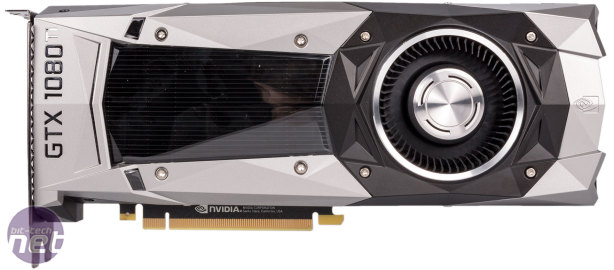
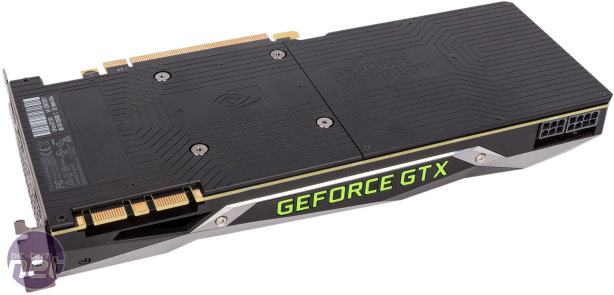
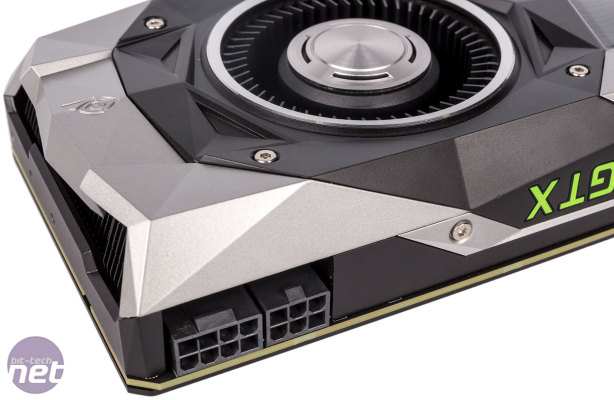
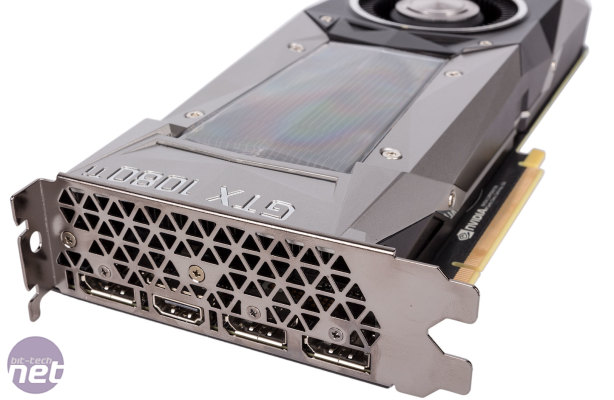
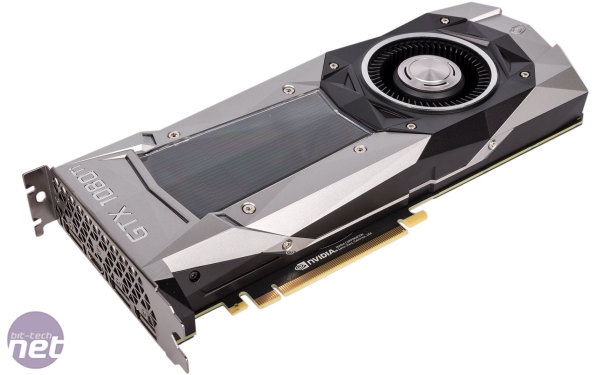
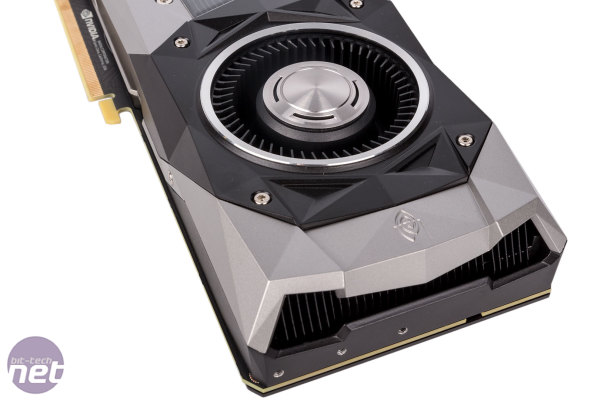

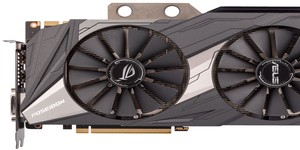





Want to comment? Please log in.